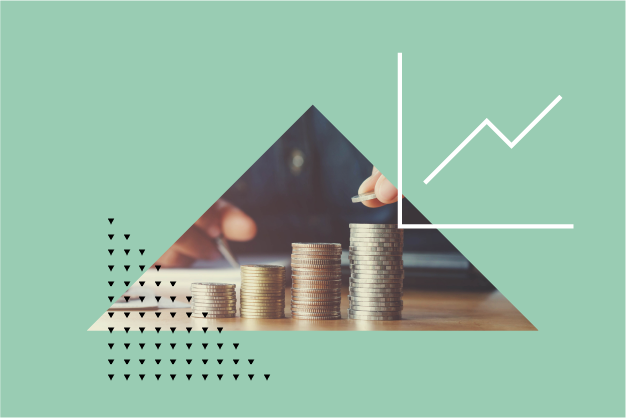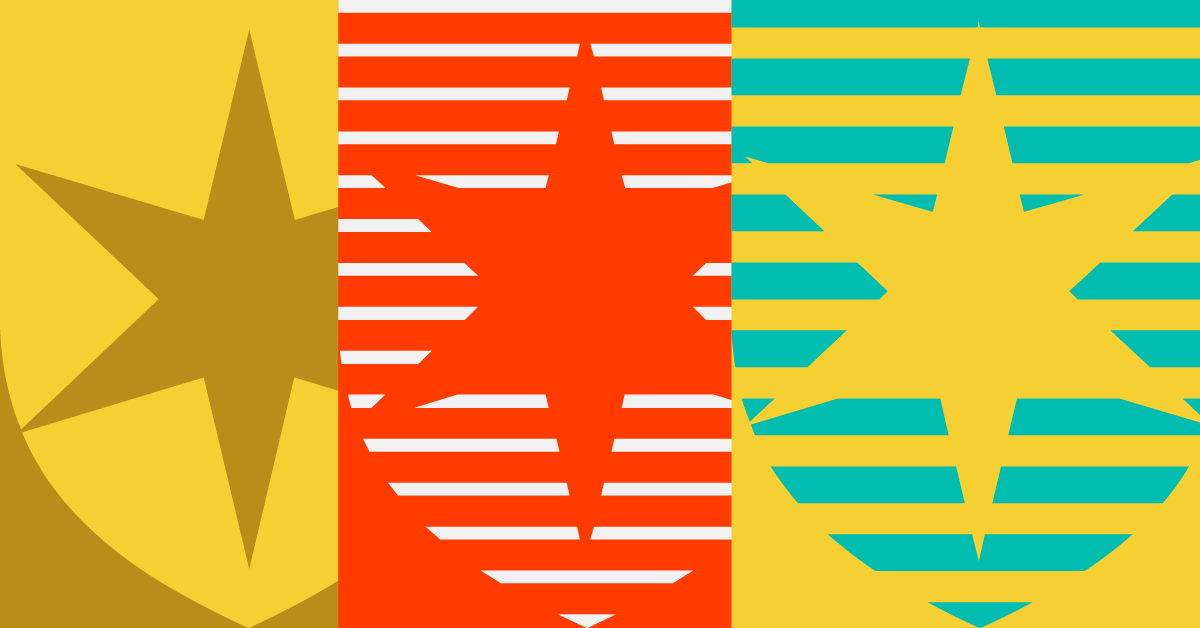
Editor's Note: After the publication of this article, Ottawa announced that self-employed Canadians who'd applied for the CERB based on their gross income, instead of their net, won't need to pay it back. This is explained in detail in the piece.
2020 was a trying year for Canadians due to the COVID-19 pandemic – and much more so for those whose work income was reduced or wiped out as many businesses slowed to a crawl or completely suspended operations.
While the federal government can be applauded for riding to the rescue with a variety of income-replacement benefits, in most situations the Canada Emergency Response Benefit (CERB) and its successor, the Canada Recovery Benefit (CRB), provided only modest relief – and with some notable strings attached.
Individuals with patience and financial prowess were able to decipher the terms of these bailouts at the outset, and in some cases opted not to apply, wary of the likelihood the money would have to be paid back. But others, out of misunderstanding or cash-flow desperation, applied for the benefits regardless of any possible negative consequences.
Possible Repayment Requirements
Those consequences would come in the form of repayment of benefits received by those who ultimately are deemed by the Canada Revenue Agency to be ineligible for the CERB or CRB because they did not meet all the requirements and had applied in error. The same applies to amounts erroneously received through the other federal COVID-19 relief programs: the Canada Recovery Sickness Benefit (CRSB), Canada Recovery Caregivers’ Benefit (CRCB) and Canada Emergency Student Benefit (CESB). (The latter was available from May through August last year, and applications were accepted until the end of September.)
Recipients who realized they were ineligible and who repaid the benefits by Dec. 31, 2020 will not be sent a T4A information slip for that income, and no tax would be payable. However, those who did not repay voluntarily by that date will receive a T4A and have to pay tax -- even if the CRA ultimately rules they were ineligible for these benefits and requires them to repay them.
“If the taxpayer receives a T4A, he or she must report this under line 13000 of their 2020 federal income tax return, regardless of whether or not they had repaid some or all of these benefits,” says Joseph Micallef, Partner and Tax Leader, Financial Services with KPMG in Canada. Tax paid on repaid CERB or CRB benefits would be reclaimable, but not until they file their 2021 tax returns, he said.
However, on Feb. 9, 2021, the CRA clarified that self-employed individuals’ eligibility for the CRB is based on the amount of gross income, not net income, they earned during 2019 or during the 12 months prior to their application for these benefits. If a self-employed person had gross income of $5,000 or more during either of those periods, he or she can retain the CERB they received, as long as they met the program’s other eligibility requirements. Until now, the CRA had not specified the definition of this income.
CRB Eligibility More Rigourous
The eligibility requirements are spelled out on the CRA website (see above hyperlinks) and are similar among the COVID-19 relief programs, with subtle differences depending on the nature of each one. In addition to legitimately declaring that your income was reduced or eliminated for reasons related to the pandemic, both CERB and CRB have minimum income requirements that can easily be verified by the CRA based on your tax returns.
To be eligible to have received either CERB and CRB, you were required to have earned, during 2020 or in the 12 months prior to the date you applied, at least $5,000 in income from employment or self-employment, and maternity and parental benefits from Employment Insurance (EI) or the Quebec Parental Insurance Plan (QPIP).
“Compared to CRB, CERB is less restrictive in that it only excludes you if you were in receipt of EI benefits during the period for which you are applying,” Micallef says. “To be eligible for CRB, however, you cannot have received any other benefits, including EI, QPIP, CRSB, CRCB or short-term disability benefits. So while CRB was intended to cover those who did not fit within the EI eligibility requirement, it has been seen as more burdensome to apply than CERB.”
CERB, however, did have a restriction that CRB does not. Prior to first applying for CERB, you could not have earned more than $1,000 in employment and/or self-employment income for 14 or more consecutive days during the four-week benefit period of your claim. For subsequent CERB claims, you could not have earned more than $1,000 during the entire four-week period for which you were claiming.
CRB Clawback
CRB eligibility includes another, important restriction: you must repay some or all of the CRB if your net income exceeds $38,000 for the year in which the benefits were received. Net income is the amount you report on line 23600 of your 2020 federal income tax return (line 275 on the Quebec return) and includes your total income federal (line 15000, Quebec line 199), less a variety of deductions (see list below).
Note that net income for the purposes of calculating potential CRB repayment does not include CRB benefits, but it does include CERB and other COVID-19 relief benefits.
The amount of CRB to be repaid is equal to 50 cents on every dollar that your net income exceeds $38,000. For example, if you received $5,000 of CRB benefits during 2020, you would have to repay the entire amount if your net income was $48,000 or more. If your net income was, say, $42,000, you would have to repay $2,000.
If your net income (excluding CRB) exceeds $38,000, Micallef points out that you may be able to reduce this figure by ensuring you are claiming all of the deductions from net income that apply to you:
- Registered pension plan (RPP) contributions
- RRSP contributions
- Union or professional dues
- Child-care expenses
- Alimony and maintenance payments
- Eligible moving expenses
- Investment carrying charges
- Business investment loss
- Employment expenses
- Repayment (“clawback”) of Old Age Security or other social benefits
Most of the above are amounts that are declared on tax-information skips or documented by receipts. However, if you have ample RRSP contribution room, making an otherwise unplanned 2020 RRSP contribution prior to the March 1, 2021 deadline may be the ticket to retaining CRB benefits received last year. Every dollar of RRSP contribution reduces your net income by the same amount.
Tax Slips Are Already Out
Of course, even if you received COVID-19 benefits legitimately and do not have to repay anything, all of this income is fully taxable. The CRA already has sent out T4-A slips that itemize income from the various programs.
“Overall, the policy intent around any benefit program is to ensure that those who need it most, receive it,” Micallef says. “The federal government has been very clear that they will pursue individuals found to have intentionally made fraudulent claims for the benefit. When calculating your eligibility for the program or any clawback, it’s important to ensure that you follow the Income Tax Act in preparing your income tax filings.”




















